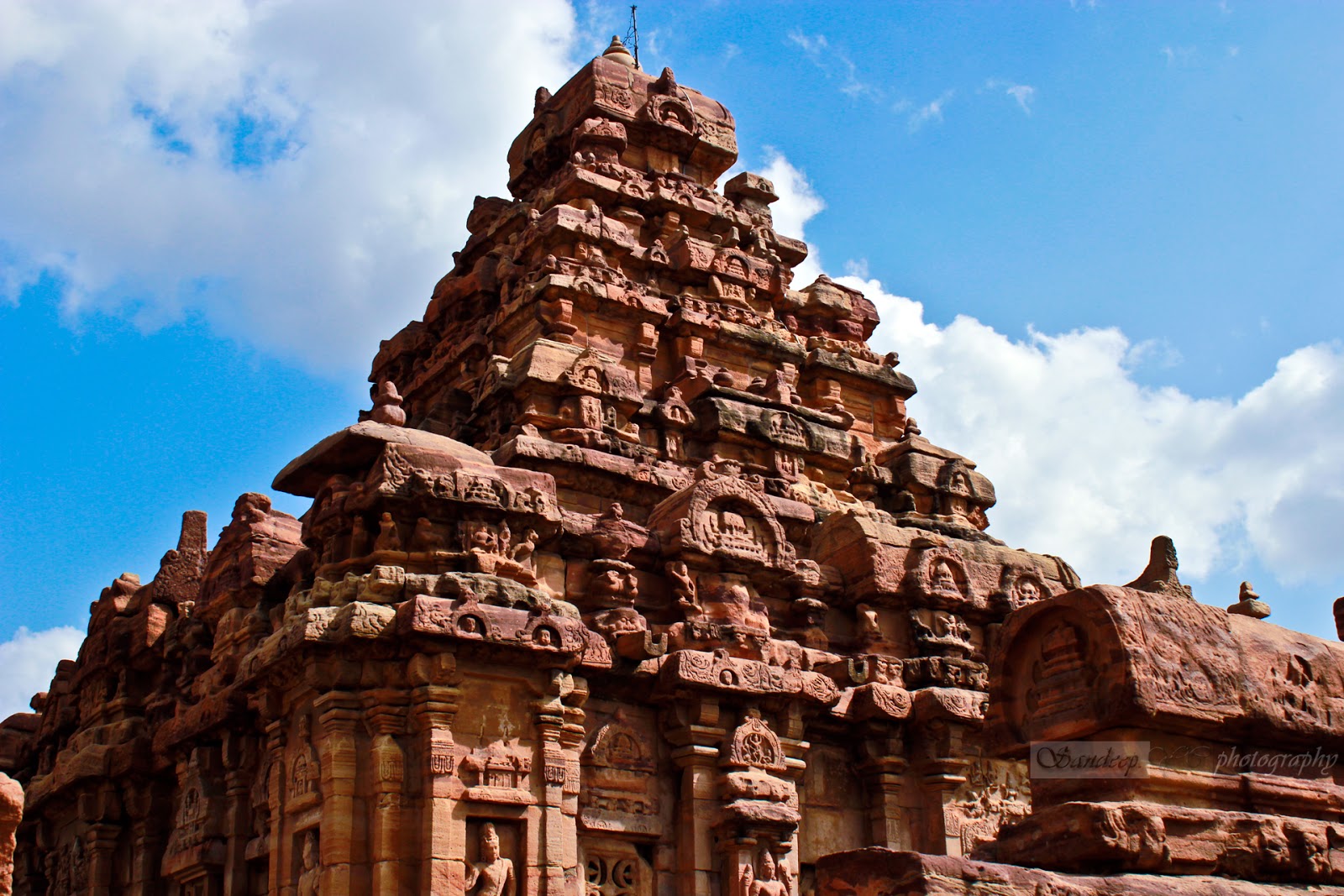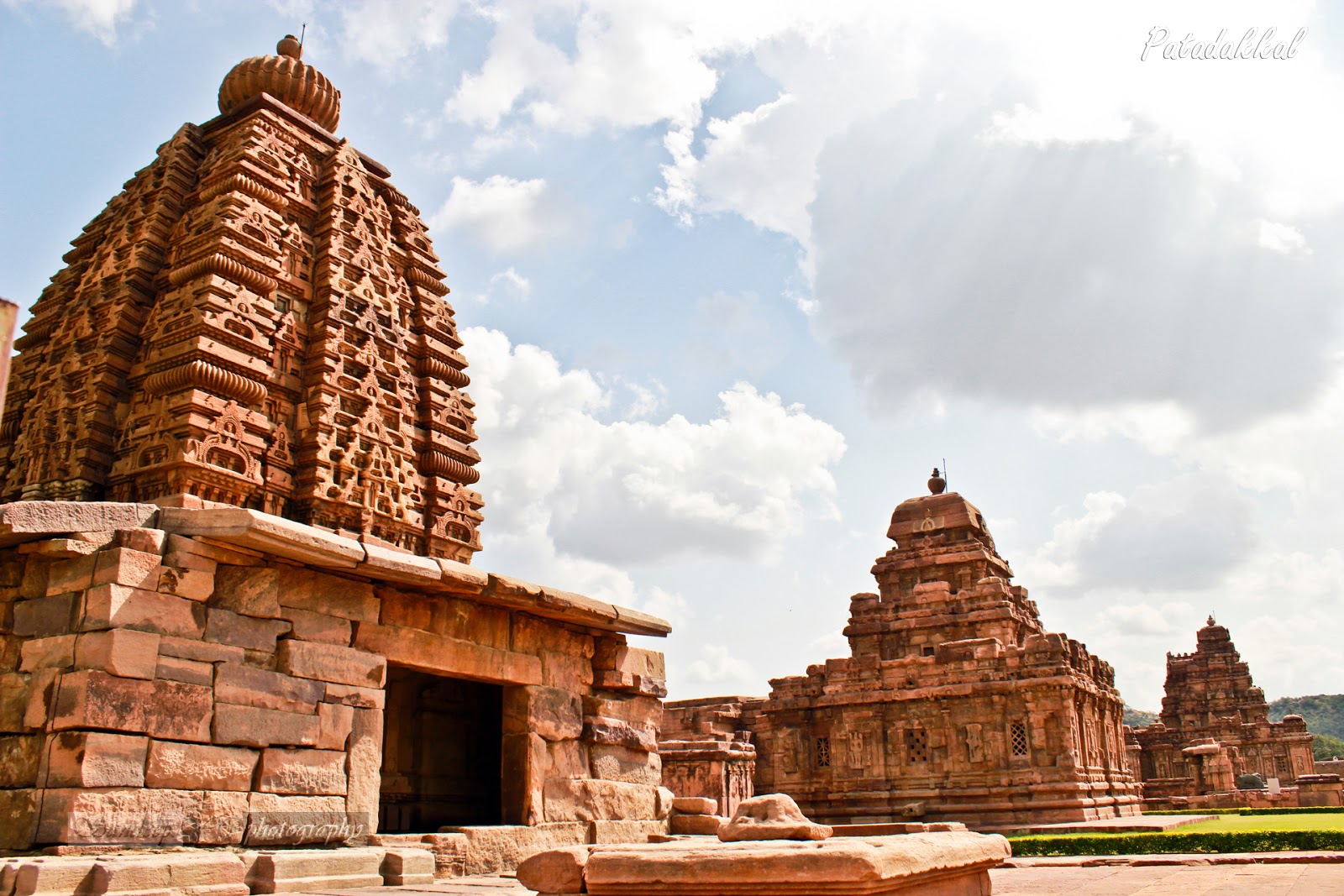Shri Badami Banashankari Temple – Bagalkot Heritage Drive - Day 2

Bagalkot Heritage Drive - Day 2 – Shri Badami Banashankari Temple Shri Badami Banashankari Temple is around 18km from Pattadakal & we reached there by 3pm & had darshana & spent some time near the beautiful water tank in front of the temple. The original temple was built by the 7th century Kalyani Chalukya kings, who worshipped goddess Banashankari as their tutelary deity. The present refurbished temple was built in 1750, by Parusharam Agale, a Maratha chieftain. There is a 360 ft (109.7 m) square water tank in the forefront of the temple at the entrance, called as Harishchandra Tirtha. The pond is enclosed with stone mantapas (halls) on three sides. A pradakshina or circumambulatory path surrounds the tank. Lamp towers (Deepa stambhas) are seen in the foreground of the temple on the west bank of the pond & also at the entrance. The tower on the bank of the tank is also an uncommon guard tower which is "reflects the Vijayanagar


